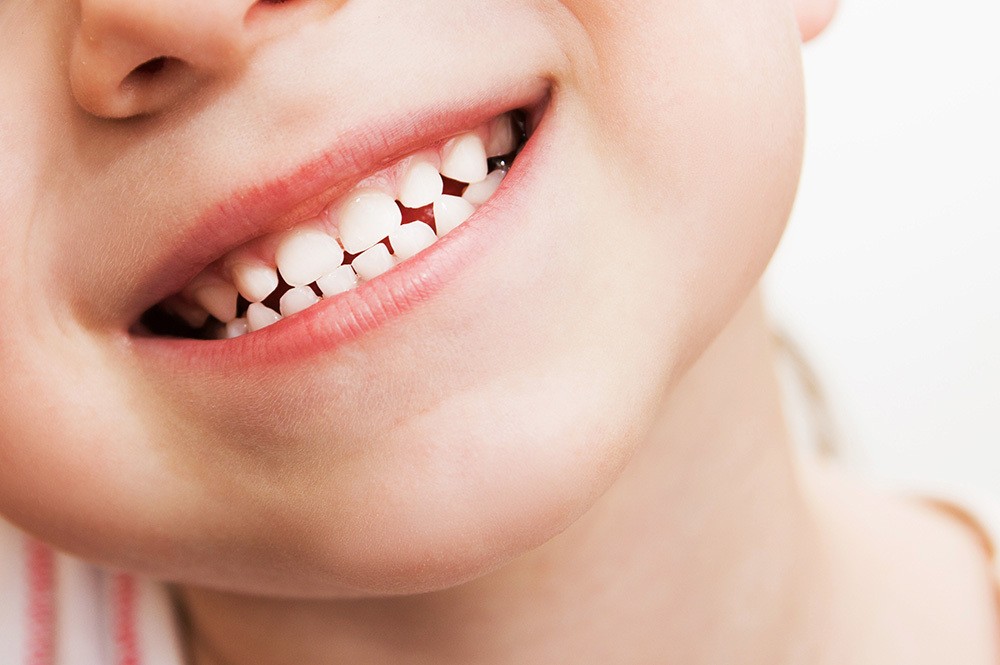Bruxism, or teeth grinding, is a common condition observed in both adults and children. While occasional teeth grinding is considered normal, persistent bruxism can lead to various dental and health issues, especially in children.
Understanding the causes, effects, and management strategies for bruxism in children is crucial for parents, caregivers, and healthcare professionals to ensure the well-being of young individuals.
Understanding Bruxism in Children:
Bruxism in children is often observed during sleep but can also occur during waking hours. It involves the involuntary clenching, gnashing, or grinding of teeth.
The exact cause of bruxism in children is not fully understood, but it is believed to be associated with a combination of physical, psychological, and environmental factors. You must take your kid to the best Windermere dental specialist if you think they suffer from Bruxism.
Causes of Bruxism in Children:
- Stress and Anxiety: Children may experience stress or anxiety due to various factors such as school pressure, family issues, or changes in routine, leading to bruxism.
- Dental Issues: Misaligned teeth, improper bite, or other dental problems can contribute to bruxism as the child’s jaw tries to find a comfortable position.
- Sleep Disorders: Bruxism is often associated with sleep disorders like sleep apnea or restless leg syndrome.
- Developmental Factors: Bruxism may also occur as a part of a child’s development, particularly during the eruption of new teeth.
Effects of Bruxism on Children:
Persistent bruxism in children can have several adverse effects, including:
- Tooth Wear and Damage: Grinding can lead to enamel wear, chipping, or fracture of teeth, which may require dental interventions.
- Jaw Pain and Headaches: Continual clenching and grinding can strain the jaw muscles, causing discomfort and headaches.
- Disrupted Sleep: Bruxism can disrupt the child’s sleep patterns, leading to daytime tiredness and irritability.
- Earaches: The pressure exerted on the temporomandibular joint (TMJ) during grinding may cause earaches or pain in the ears.
Addressing Bruxism in Children:
- Dental Evaluation: A thorough dental examination can help identify any underlying dental issues contributing to bruxism. This may involve assessing tooth alignment, bite, and signs of enamel wear.
- Stress Management: Addressing potential stressors in a child’s life through open communication, relaxation techniques, or counseling can help alleviate bruxism associated with anxiety.
- Mouthguards: Dentists may recommend the use of custom-fitted mouthguards to protect the teeth from damage caused by grinding, especially during sleep.
- Sleep Hygiene: Establishing a regular bedtime routine and ensuring a comfortable sleep environment can help improve sleep quality and reduce bruxism episodes.
- Dental Treatments: In cases where dental issues contribute to bruxism, orthodontic treatments or dental adjustments may be recommended to correct misalignments or bite problems.
- Medical Intervention: If bruxism is associated with an underlying sleep disorder, such as sleep apnea, medical intervention may be necessary to address the primary cause.
Bruxism in children can pose significant challenges, but with early detection and appropriate management strategies, its impact can be minimized. Parents, caregivers, and healthcare professionals play a crucial role in identifying and addressing the underlying causes of bruxism, thereby ensuring the oral health and overall well-being of children.
By adopting a multidisciplinary approach involving dental care, stress management, and sleep hygiene practices, the challenge of bruxism in children can be effectively tackled, allowing them to grow and develop without the burden of dental discomfort and associated issues.
